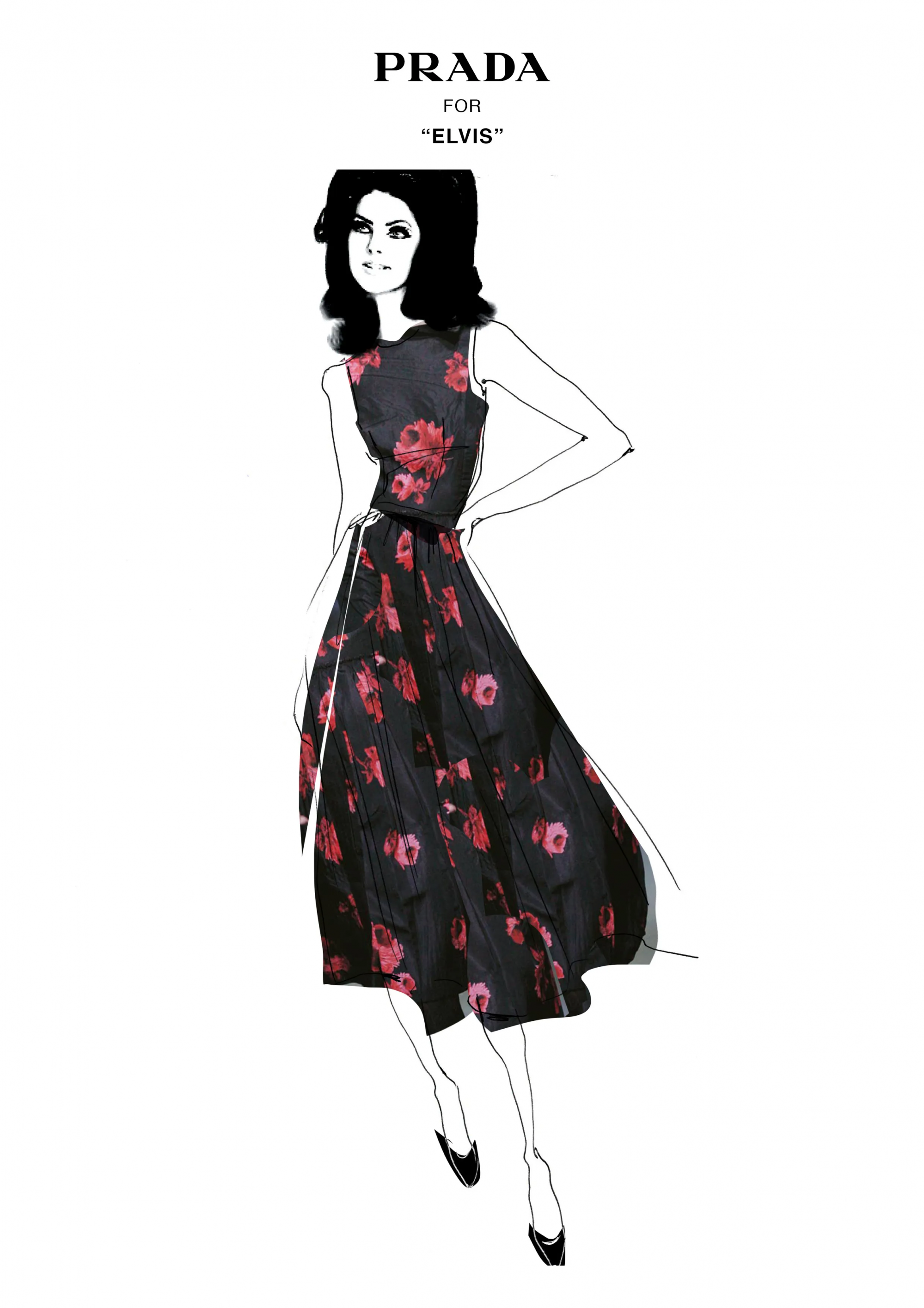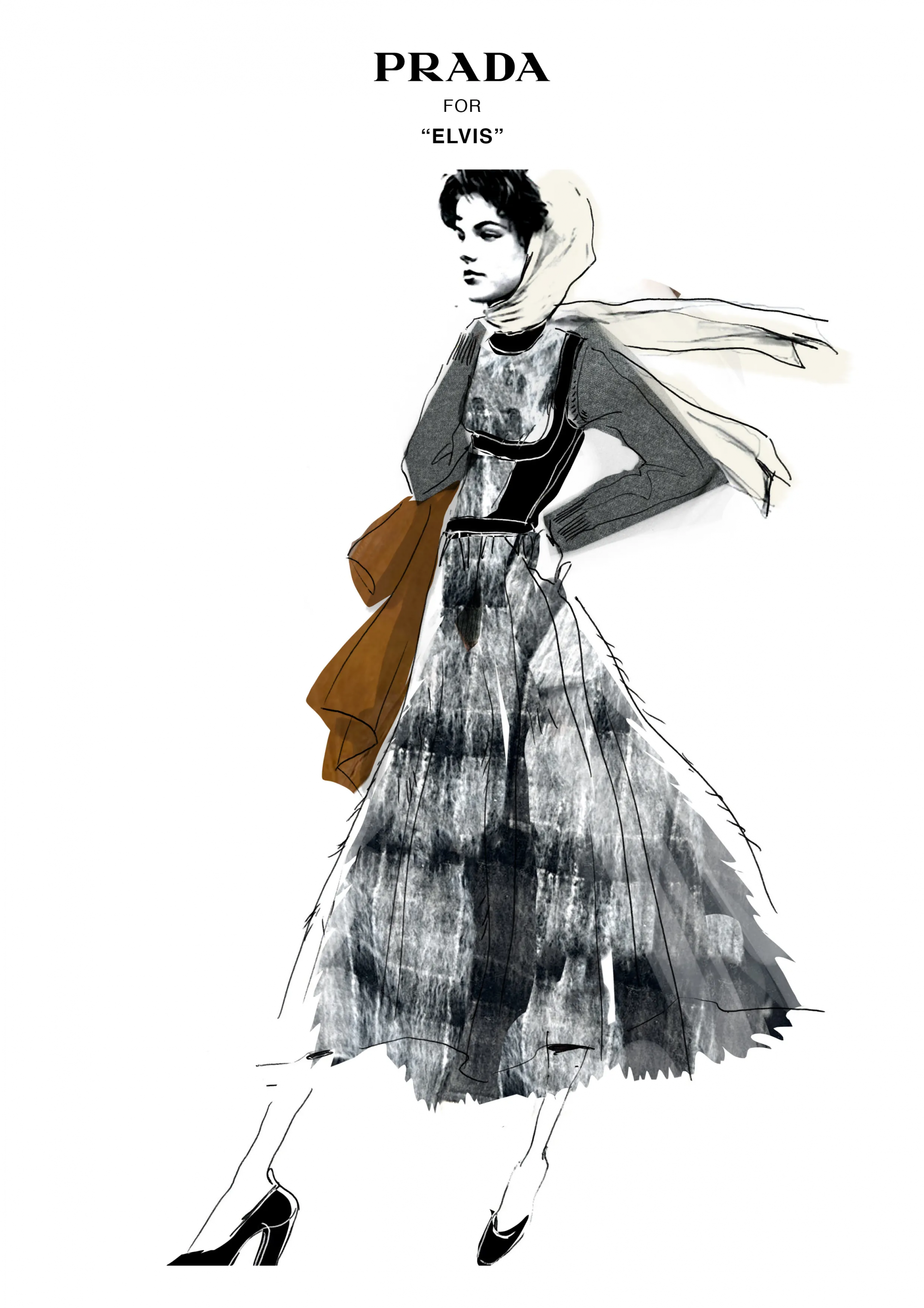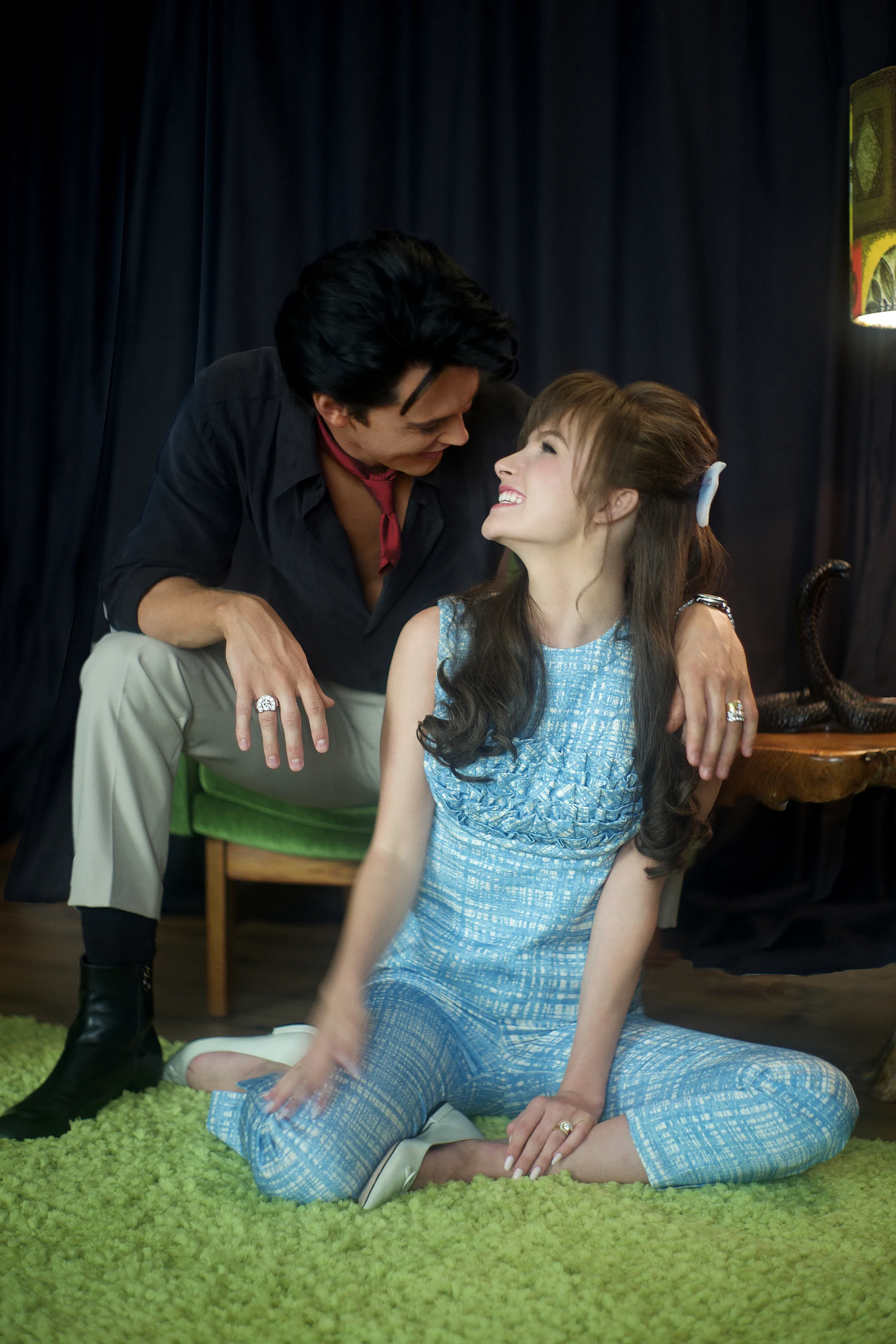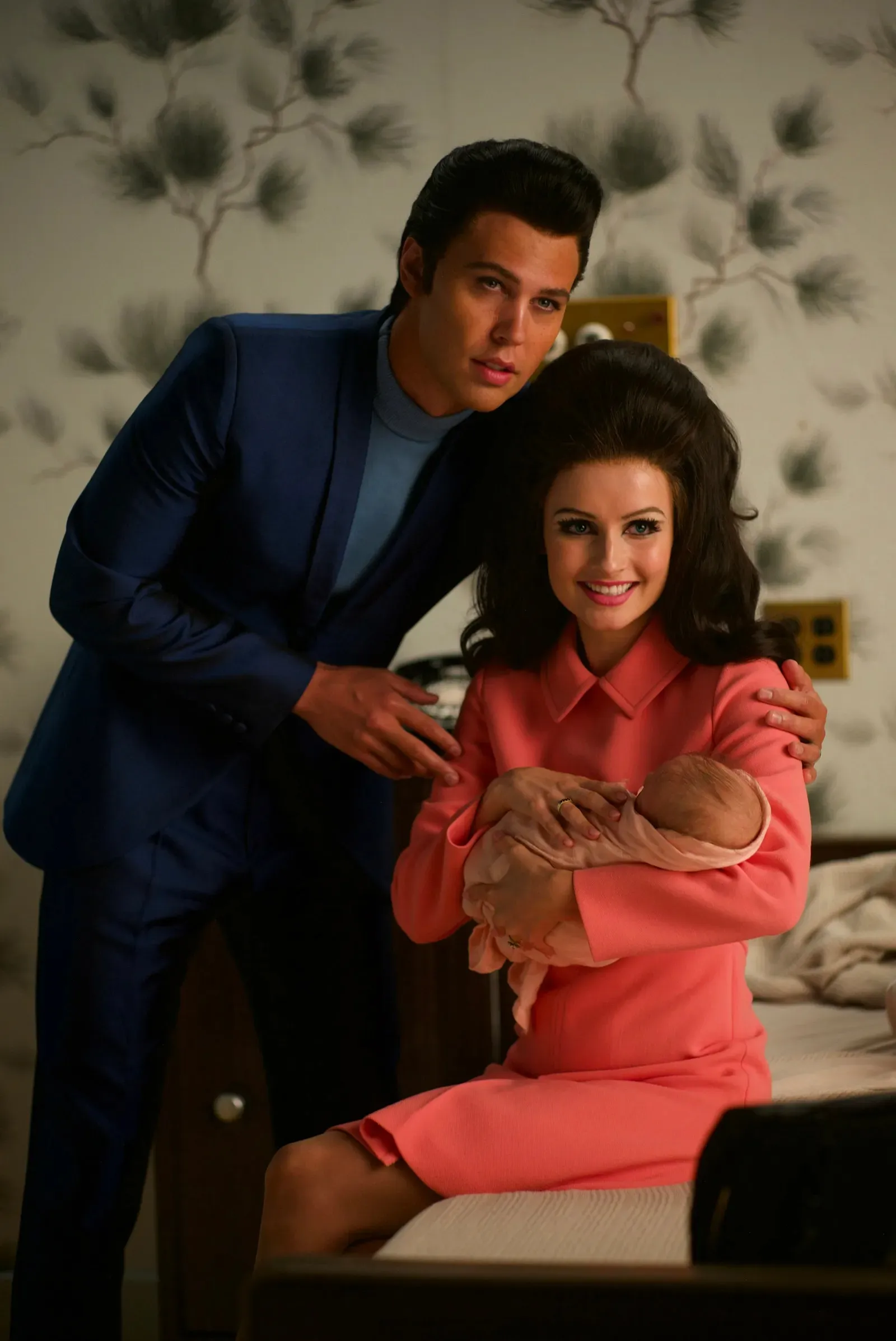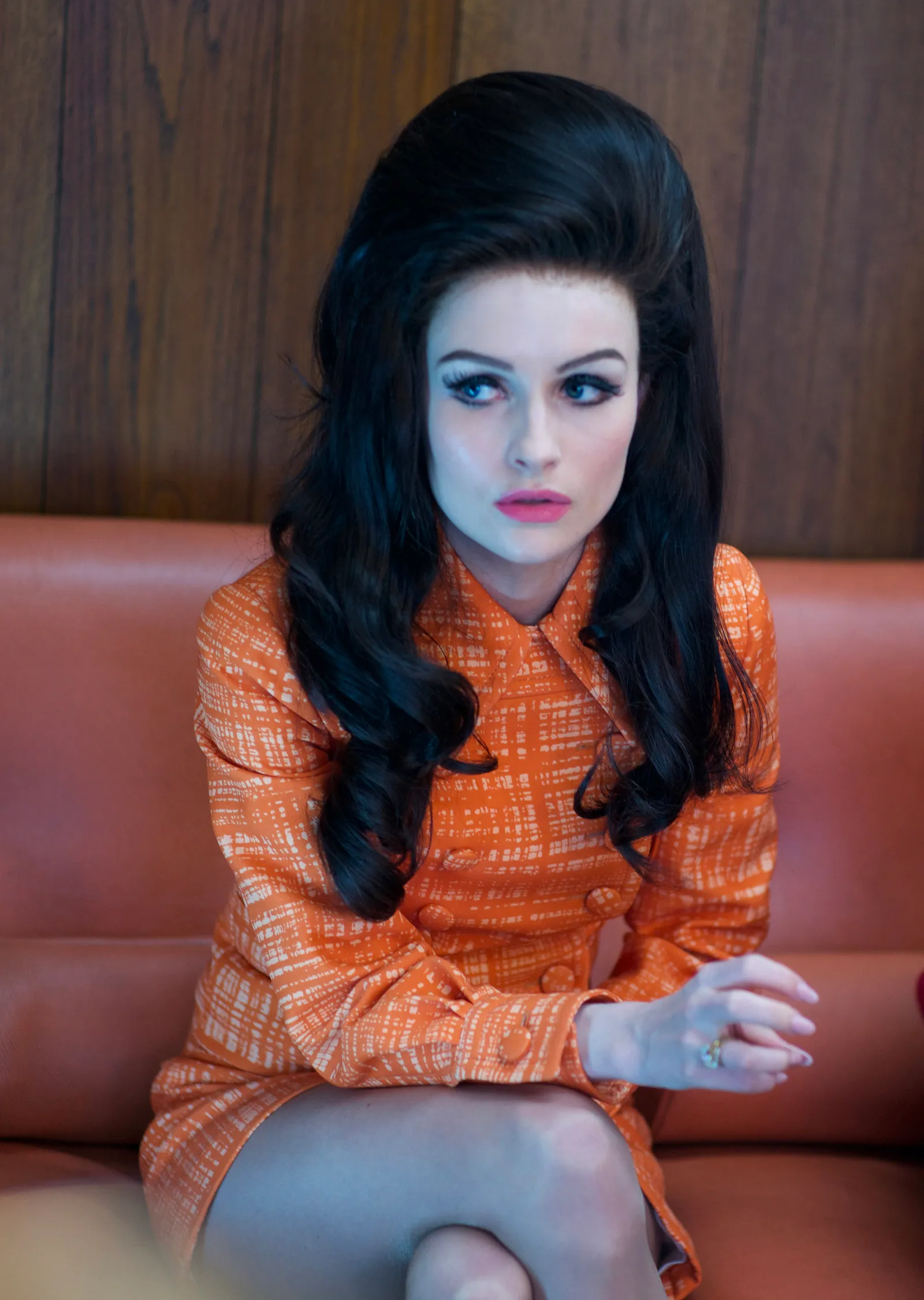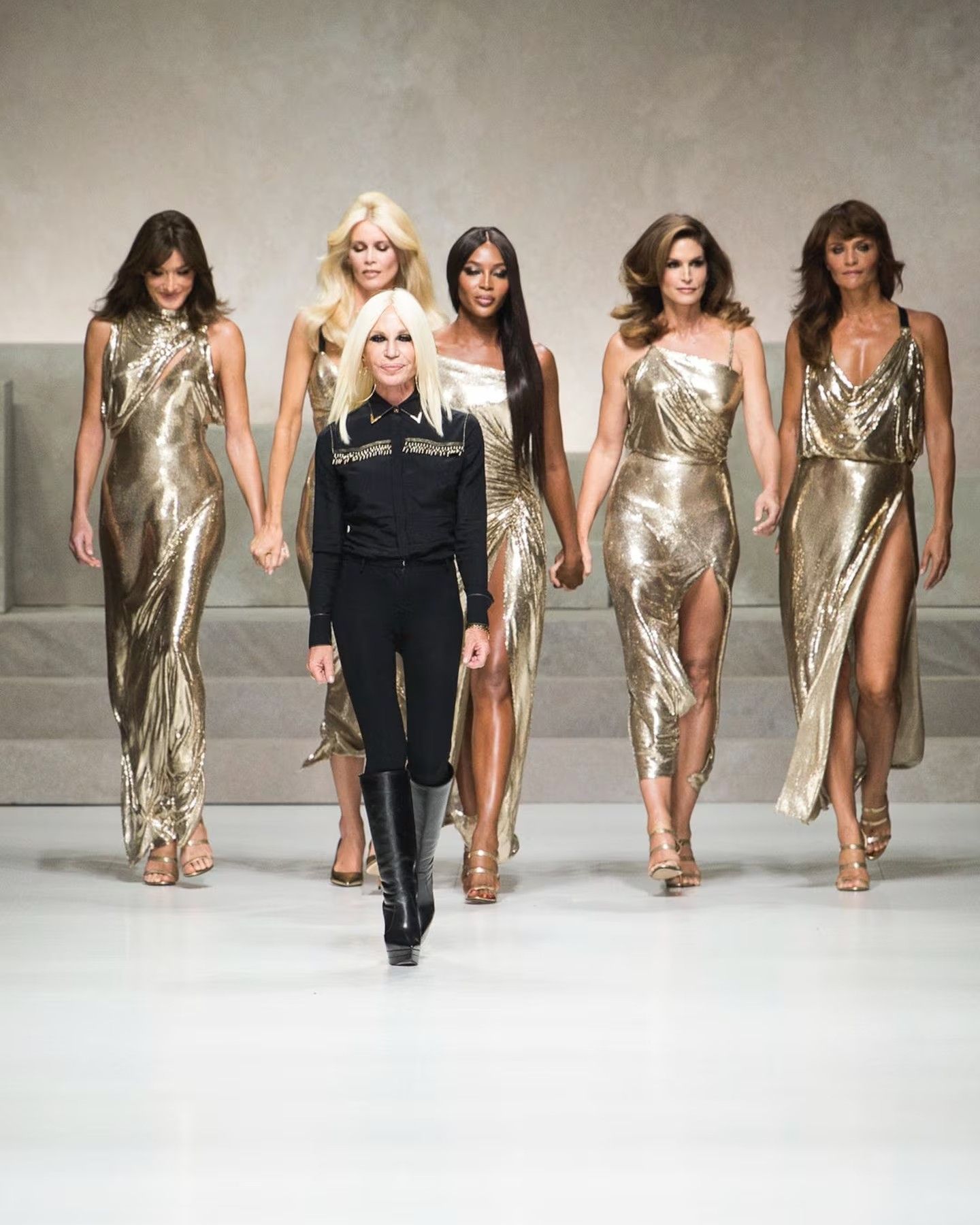
Elvis's wardrobe for Baz Luhrmann and Miuccia Prada The stylistic evolution of an icon told in the film in theaters today
In America in the early 1950s, after the economic boom, a new generation of teenagers was born who were inspired by a rebellious philosophy of life, nourished by rhythm and blues and rock and roll, and established themselves as the absolute stars of the emerging consumer society. The advent of pop music led to the establishment of new fashions, customs and habits that invested the youth universe both socially and aesthetically. For sociologist Georg Simmel, this intermingling of music and fashion meant that "the imitation of a given model satisfied the need for diversity, the tendency toward differentiation, change, and standing out." And it is precisely this very authentic aspect that Baz Luhrmann focused on to tell the story of the artistic spiral of Elvis, the first musical icon who was able to show and tell his diverse sound realities through the evolution of his own aesthetic style. The myth of Elvis, the one who was supposed to be the chosen all American boy.
Growing up in a shack in Tupelo before moving with his mother to one of the few houses allotted to whites in the African American community after his father's incarceration, his musical and aesthetic references from the beginning were the gospel of Mahalia Jackson and the blues of Arthur Cudrup. Influences encountered through trips with Sam Bell, a childhood friend, to juke joints and at services in Pentecostal tents. According to Guardian journalist Jess Cartner-Morley, Luhrmann's film tends to explore how Elvis's upbringing in a largely African-American neighborhood shaped his music and style. «We have to contextualize the story, to show that Elvis came from a black world. Elvis was at the center of the culture, for the good, the bad and the ugly. And you can't talk about America at that time without talking about race» Luhrmann himself recalled. Therefore, from his earliest performances Elvis laid the groundwork for the creation of a bold sense of style by sporting clothes (lace shirts, custom-made shoes) specially created by Lansky Bros, a famous store on Beale Street in Memphis, where Count Basy, Duke Ellington and B.B. King had created their own style before him, by whom Elvis felt strongly inspired. For Oscar-winning costume designer Catherine Martin, his costumes made in collaboration with Miuccia Prada are an integral part of Elvis's parable: «Baz wanted to tap into the crucial moments of Elvis's style. For example, the pink and powder blue suits worn with black lace shirts in the early scenes evoke innocence on the outside and sexuality on the inside».
The headlines after his first televised performances at CBS studios and on the Milton Berle Show-Elvis the Pelvis belongs in the Jungle and The White Boy with Black Hips - were testimony to the prejudice and hostility with which the African-American roots of his hits were received by the U.S. establishment. The press claimed that his performances, laden with "obscene" behavior, had taken humanity back to the Stone Age. It was at this stage that the first aesthetic change occurred: Colonel Parker, his longtime manager, required him to show a "new" Elvis that responded to the imposed dogmas of American society by appearing on the Steve Allen Show in a tuxedo and cape so as to quell his style. But this unleashed the wrath of his fans who no longer recognized him as the one who had led them through a new social revolution. The rhythms of his story seemed to be punctuated by the evolution of his clothing: the rockabilly style of the teenage Elvis was replaced by the boxy green for his military assignment and later by eccentric yellow and orange suits of a Hollywood movie star. But his voice had not yet died out.
Shaken by the assassinations of Martin Luther King and the Kennedy brothers, Elvis no longer wanted to portray the "puppet" of Hollywood but to demonstrate how socially relevant his iconic figure still was. Until then, a decade after his heyday, he had been largely forgotten after a series of lackluster film roles. When Colonel Parker, met with NBC in May 1968, he asked them to produce a special on Presley devoted to Christmas songs. It was a novel idea, since most television specials featured multiple artists and this one would focus exclusively on Presley, but director Steve Binder and his producer Bones Howe took creative control of the show, convincing Presley of the opportunity to relaunch himself as a performer.
Binder and Howe decided that the special should tell Presley's life story through the evolution of his music. The most striking element of 68 Comeback Special, besides being Elvis's greatest performance of all time, was the perfect distribution of stage clothes curated by costume designer Bill Belew. As analyzed in journalist Zoey Goto's book, Elvis Style, Belew's artistic approach gave rise to three outfits that perfectly summed up Elvis's epic by focusing particularly on his origins. Starting from the burgundy gospel suit to the ethereal white suit for If I Can Dream, while his denim jumpsuit finished entirely in black leather remained iconic. «The outfit was a nod to Elvis' rebellious image of the 1950s, but this time a dirtier, more aggressive presence was evident. Black leather had long been strongly associated with motorcycle gangs, as illustrated by Marlon Brando in 1953's The Wild One». This outfit encapsulated the essence of Elvis's performance, the external pressure from which the performer wanted to free himself, declaring his return to the stage through an empowering garment.
In July 1969 he kicked off the third act of his career, residing for seven years at the International Hotel in Las Vegas. The following years would see the release of iconic pieces such as uspicious Minds and The Wonder of You, but despite his success his personal life got the better of Elvis, always pushing him into the gilded prison of Las Vegas. That Elvis was aware of his image was certain; what he was less aware of was the impact it would have on clothing in general. «Elvis was fluid before gender fluid style was conceived» Buz Lhurmann told The New York Times. «He was always incredibly masculine, but he was experimenting with makeup and hair color as early as high school and liked to mix short lace tops tied at the waist and pink bolero jackets with pleated pants and pink socks». «The exuberance of Elvis's stage clothes allowed men to wear more outrageous clothes than they had worn since the nineteenth century» says British tailor Edward Sexton, far anticipating the flamboyant suits of David Bowie or Prince. Forty-five years later, we are still enjoying the sartorial freedoms that Elvis inaugurated by paving the way for future artists in expressing themselves through style and empowered us all to be bolder.










































